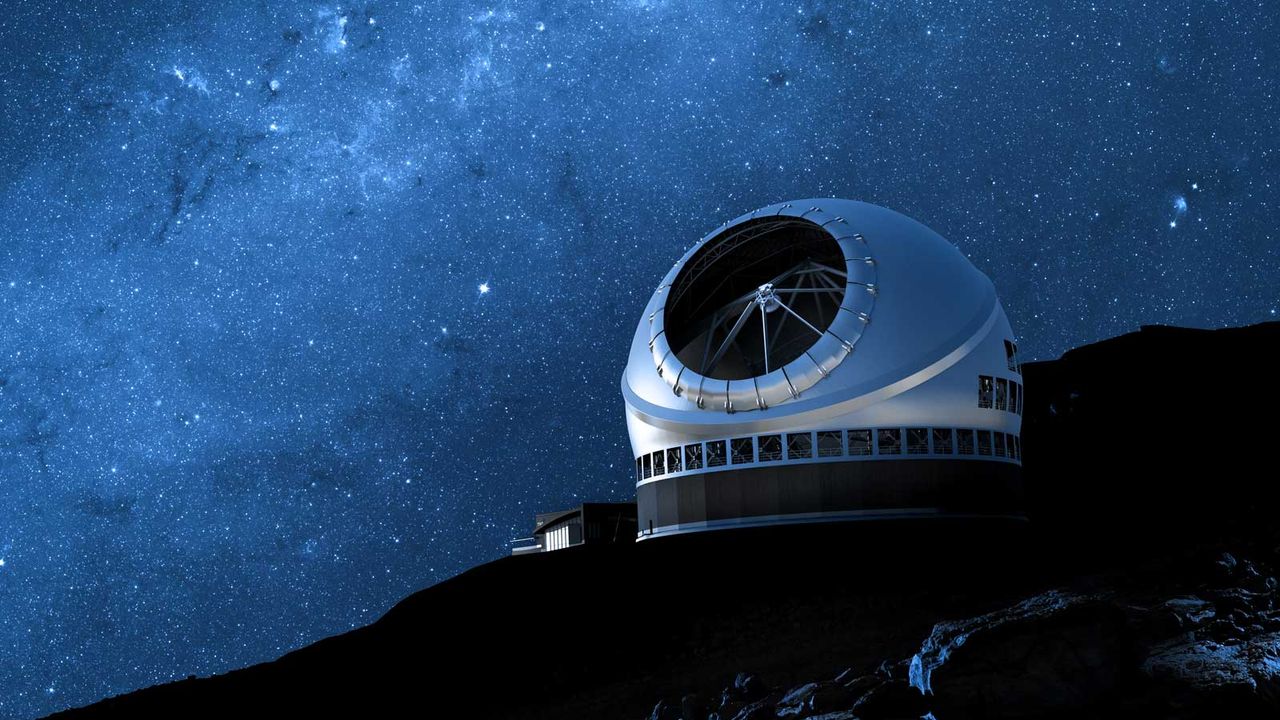On July 23, 2023, Spanish Minister of Science, Innovation and Universities, Diana Morant, announced that the Spanish government would allocate up to €400 million (approximately $471 million) to support the Thirty Meter Telescope (TMT) project. This initiative comes amid concerns that the TMT, a cutting-edge astronomical facility, could face cancellation due to budgetary constraints from the U.S. government.
Morant expressed Spain’s ambition to be a leader in astronomy, stating, “Spain wants and can be the home of the future of astronomy and astrophysics.” She emphasized the nation’s capability and political will to further scientific advancements. The TMT was originally intended for construction on Mauna Kea, a renowned site in Hawaii celebrated for its dark skies and favorable weather conditions. This location currently hosts several significant telescopes, including the Keck Observatory.
The TMT has encountered multiple challenges, the most significant being the proposed budget for the National Science Foundation (NSF) by the Trump administration for the fiscal year 2026. This budget suggests eliminating funding for the TMT’s design and development, prompting Spain’s intervention. The Spanish government hopes to relocate the TMT to La Palma in the Canary Islands, where construction could continue.
Morant highlighted the potential benefits of the TMT’s completion, which would not only involve the telescope’s construction but also create skilled jobs and provide an economic boost for La Palma. She stated, “If completed, it will involve not only the construction of the telescope, but also decades of scientific operations.”
The TMT is not the only large telescope project facing scrutiny. The Giant Magellan Telescope (GMT), currently being developed in Chile, has also been affected by the NSF’s budgetary allocations. The NSF’s proposal indicates that while the GMT can progress to the final design phase, the TMT cannot. This situation raises concerns about the future of major astronomical projects in the United States.
In the broader context, the Trump administration’s budget proposal includes significant cuts to various scientific initiatives, potentially impacting operations at the Laser Interferometer Gravitational-wave Observatory (LIGO) and the Daniel K. Inouye Solar Telescope (DKIST). These reductions may decrease the NSF’s workforce from over 330,000 to around 90,000.
Morant contrasted Spain’s commitment to scientific investment with the cuts proposed by the U.S., asserting, “While some countries are cutting back on investments in science, Spain is a haven for science.” The potential relocation of the TMT may also alleviate tensions with local communities in Hawaii, where the mountain holds cultural significance for many native Hawaiians. Protests against the construction of telescopes on Mauna Kea have been prevalent, with many activists advocating for the preservation of the mountain’s sacred status.
In response to the challenges ahead, Morant affirmed, “Faced with the risk of paralyzing this major international scientific project, the Spanish government has decided to act with a redoubled commitment to science and major scientific infrastructures for the benefit of global knowledge.” The future of the TMT remains uncertain, but Spain’s substantial financial commitment underscores its dedication to advancing astronomical research and exploration.
